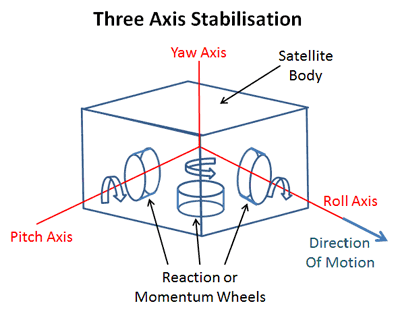
What are transfer orbits?
Transfer orbit is the path pursued by a spacecraft in moving from one orbit to another, e.g., from the orbit of the Earth to the orbit of Mars. Generally speaking, such an orbit will be an ellipse which intersects the orbit of the target planet. If the spacecraft is to enter an orbit around the target planet, or affect a landing, then the engines must be fired to achieve the correct trajectory.

What is the Hohmann transfer orbit?
The transfer orbit requiring the minimum expenditure of energy is an ellipse which just touches the orbits of the Earth as well as the target planet and is known as the Hohmann transfer orbit.

What are high velocity transfer orbits?
High velocity transfer orbits require much more energy than Hohmann transfer orbits but less time is required to reach the target planet. Such an orbit may be in the shape of a highly eccentric ellipse or a hyperbola.

What are multiple transfer orbits?
The synchronous orbit is attained in stages and not in one step from the launch. Initially, the satellite is put in what is known as the transfer orbit where the perigee is at about 250 km, and the apogee about 35,800 km. The motor on board the satellite is then switched on to impart the incremental velocity required to circularize the orbit at 36,000 km. A 50-second burn of the motor will then increase the velocity by 1780 m/sec and take a satellite in a near synchronous orbit. Further corrections, if needed, are done by micro-thrusters on board the satellite.
What is the relationship between the orbiting period of a satellite and its distance from Earth?
If an object such as a satellite moves at a velocity of about 8 km a second above the atmosphere it starts orbiting around the Earth. When the centrifugal force is equal and opposite to the Earth’s gravity there is a constant balance keeping the satellite in orbit. That implies that there is a definite speed for a satellite for a given altitude. At 7.91km a second, the satellite will go into a circular orbit. If the velocity is increased, the orbit becomes elliptical. If an object is sent at an initial velocity of 8.04 km/sec it goes around the Earth at a height of 235 km. Only if an object attains a speed of 11.26 km/sec or 40,000kmh, would it attain escape velocity to escape the pull of the Earth and remain as its satellite.
The period of a satellite in Earth’s orbit increases with the distance from the Earth. A satellite about 250 km from the Earth completes its orbit in 90 minutes, whereas the Moon at about 400,000 km takes almost a month to go round. At 1.6 million km from the Earth, the orbital period becomes 8 months, and beyond this point, the Sun’s gravitational field captures the satellite and Earth orbits are not practical.

















